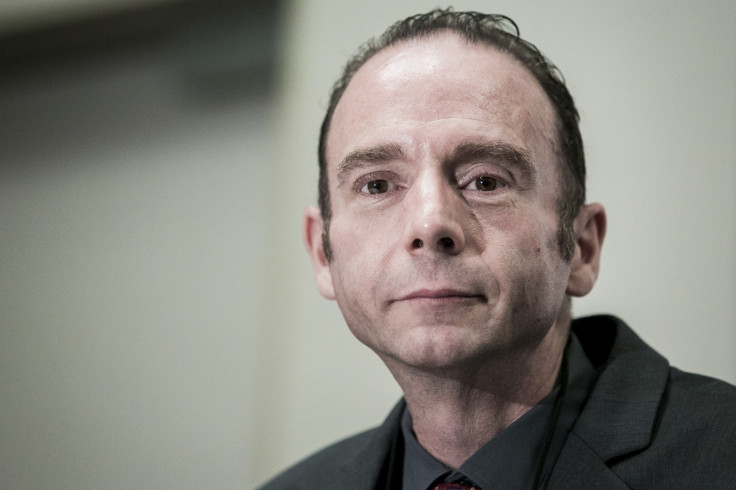Berlin Patient Timothy Ray Brown Cured of HIV 'Due to Rare Genetic Mutation in Bone Marrow'

Only one person, Timothy Ray Brown - the "Berlin Patient" - is believed to have been cured of HIV in history.
Since his HIV was eradicated in 2007 in Germany when he underwent treatment for leukaemia, it is not know exactly what cured him. His case remains one of the most studied on the virus in history and now, an experiment has found a rare genetic mutation in the person who donated bone marrow to Brown may have helped.
For his treatment, Brown first underwent radiation therapy to kill the cancerous cells and stem cells in his bone marrow that were creating them. He then received a bone-marrow transplant from a healthy donor to generate new blood cells.
Afterwards, Brown's leukaemia was in remission and his HIV levels fell to undetectable. They have remained that way and Brown has not needed to take antiretroviral drugs.
The reason HIV is still undetectable in Brown could be that the bone-marrow transplant was from a donor who had a rare genetic mutation that allows a person's CD4-T cells, which are the target of the virus, to become immune to it.
Two other possibilities - that radiation killed off Brown's HIV cells and that the bone-marrow cells attacked the patient's original cells - were disproved in the latest research.
Dr Guido Silvestri, a pathologist at Emory University in Atlanta, has led a study to find out which step in the cancer treatment may have eradicated Brown's HIV.
For the research, three monkeys were infected with Simian-Human Immunodeficiency virus, a retrovirus that causes a disease similar to AIDS in primates. The animals were given antiretroviral drugs to mimic the situation of HIV patients, received radiation therapy and had a transplant of their bone-marrow cells.
Researchers found that radiation killed 99% of the CD4-T cells and most of the monkeys' blood and immune cells, suggesting the radiation could have been a key step in curing Brown.
The study showed that the transplant resulted in the generation of HIV-free blood and immune cells within a few weeks.
Once the researchers stopped giving the monkeys antiretroviral medications after the treatment, however, the levels of the virus rapidly came back in two of the three animals.
In the third monkey, who was euthanised after developing kidney failure, some level of HIV in several of its tissues was detected when it died.
The results showed none of the three monkeys had been totally "cured" by their treatments, but that radiation can reduce HIV levels – although it is not enough to eliminate all reservoirs of the virus.
The research was published in the journal PLOS Pathogens.
© Copyright IBTimes 2025. All rights reserved.






















